10 photos showing Maslenitsa celebrations in Moscow
1. It seems like only yesterday that people were feasting for days on end to celebrate Russia’s New Year holidays, but it’s already time to loosen your belts again for Maslenitsa pancake week.
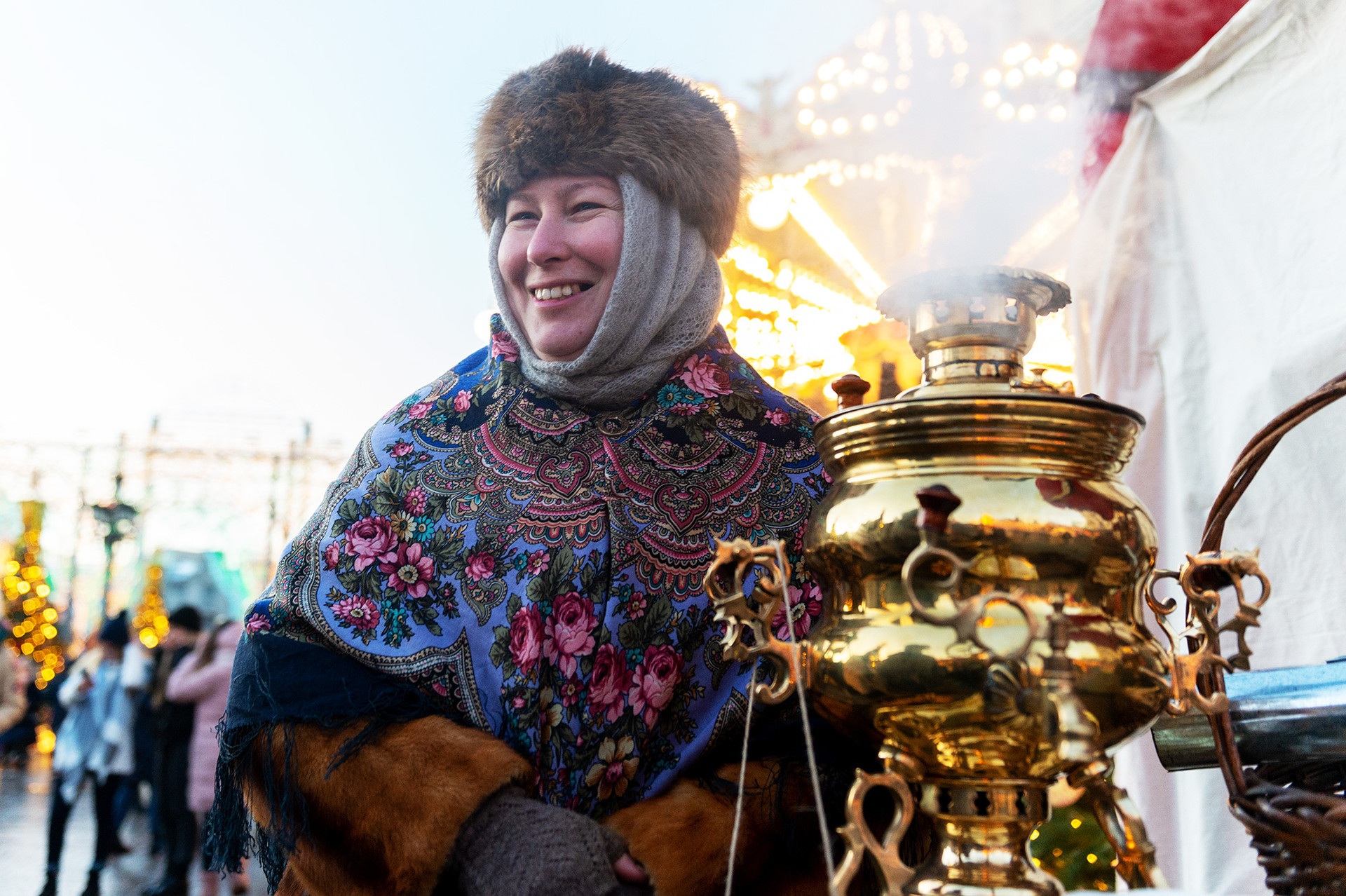
2. Moscow’s New Year decorations have seamlessly transformed into Maslenitsa decorations – the huge Christmas trees dotted around the city have shed their festive ornaments and now proudly display traditional Slavic symbols, including emblems of the Sun.
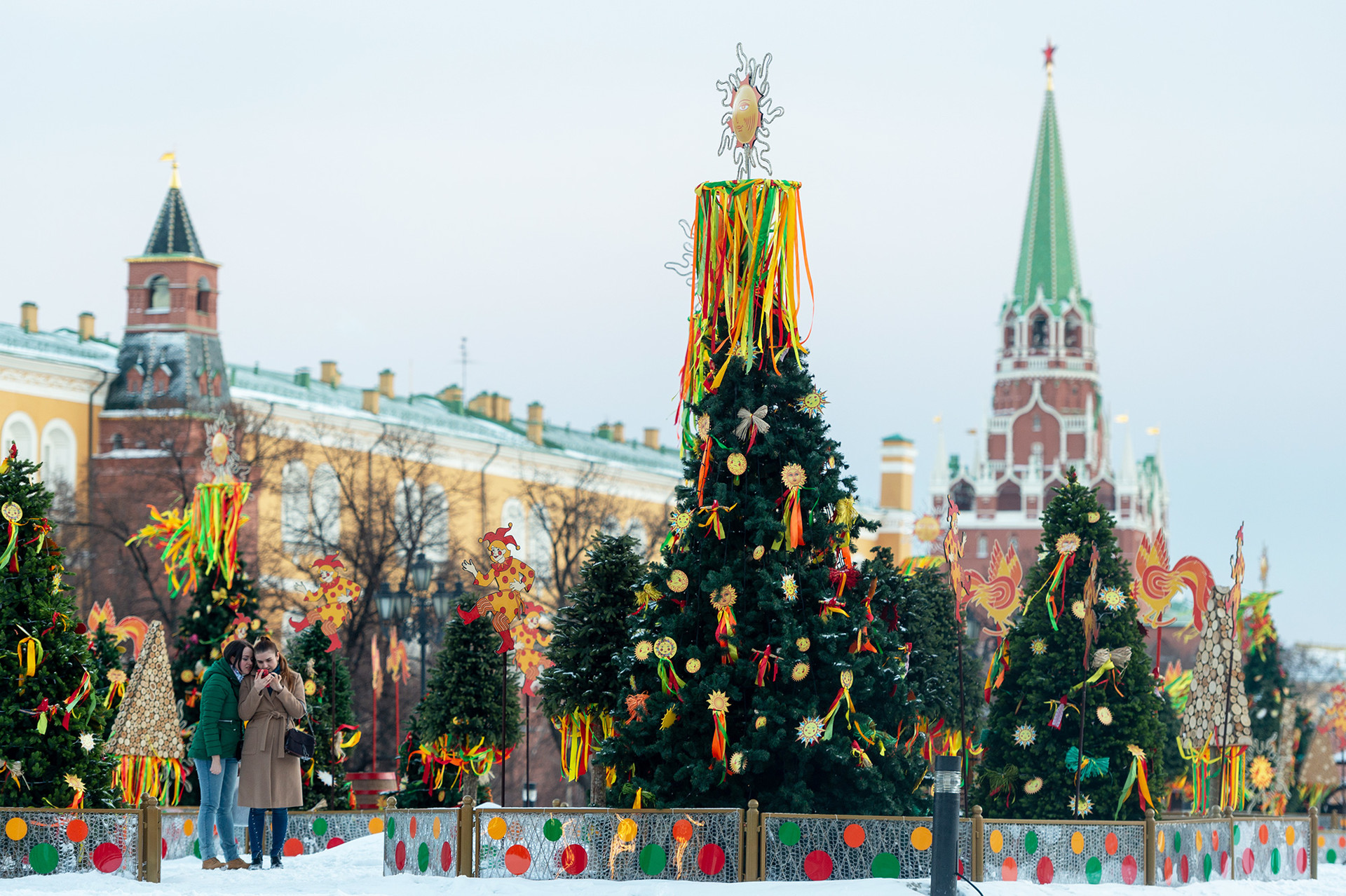
3. Maslenitsa lasts an entire week and is when Russians say goodbye to winter. Kids are especially fond of the celebrations as they’re allowed to eat stacks of pancakes with different toppings. Of course, adults love them too.

4. The holiday is about getting excited about spring, eating (meat as well as pancakes), and partying.
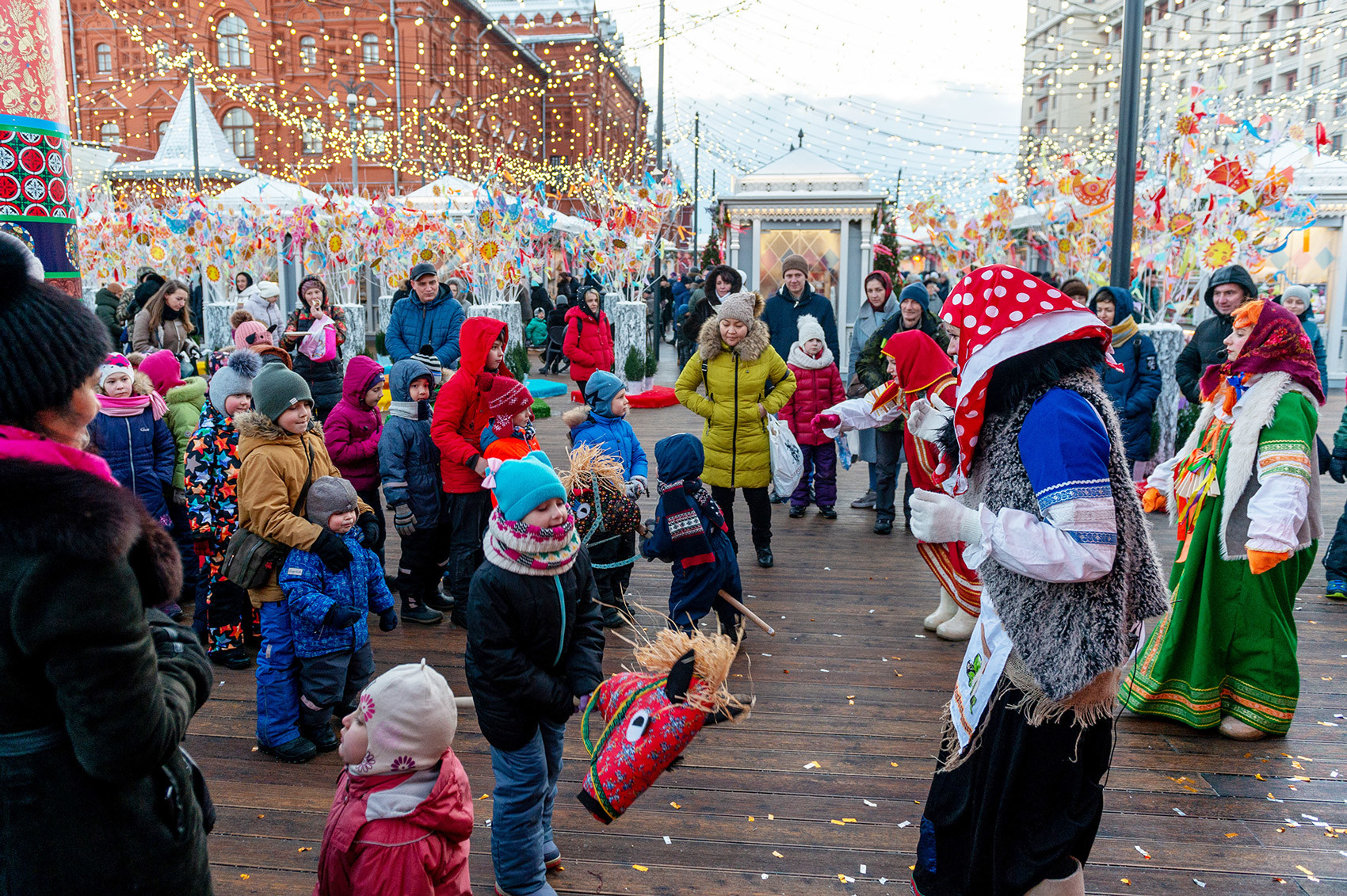
5. There are folk festivals, snowball fights, horses pulling sledges (mainly in the countryside), and loads of opportunities to dress up.
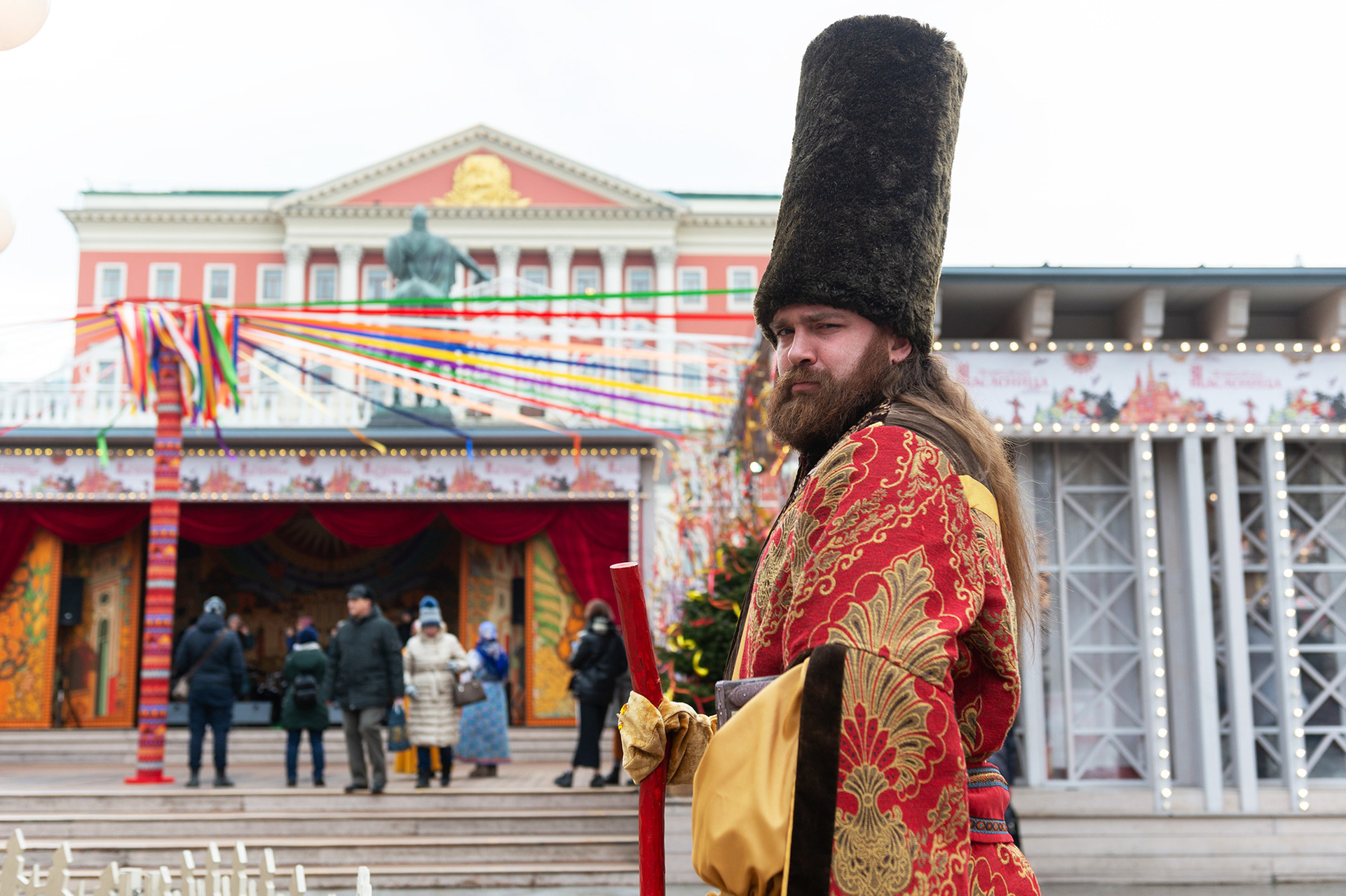
6. The pancakes represent the Sun in line with Slavic pagan tradition.
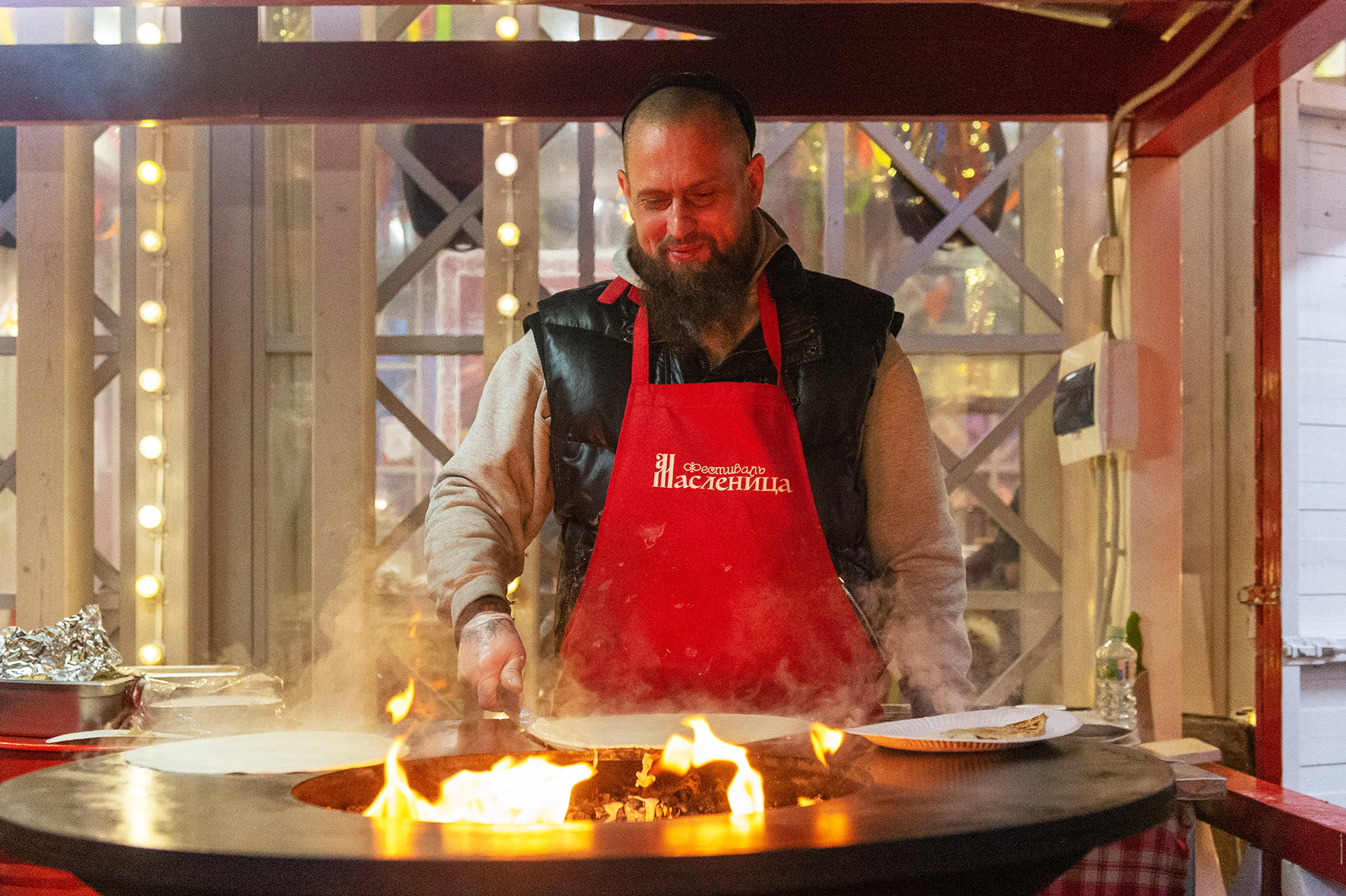
7. Maslenitsa happens during the last week before the onset of Great Lent and is the last chance for Orthodox Christians to eat eggs, milk, cheese, and other dairy products.
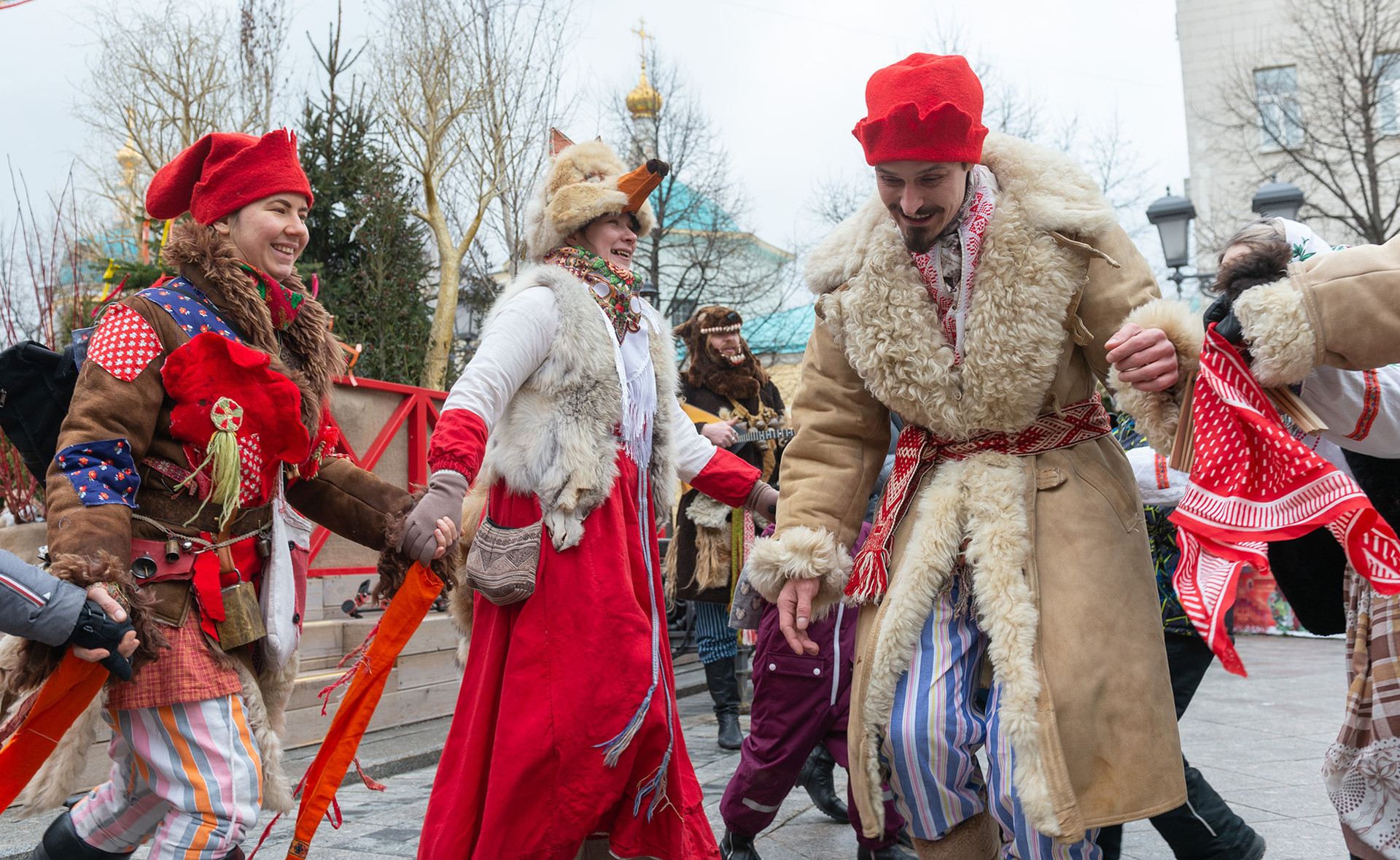
8. On Sunday, the holiday comes to a climax with the burning of a huge straw effigy.
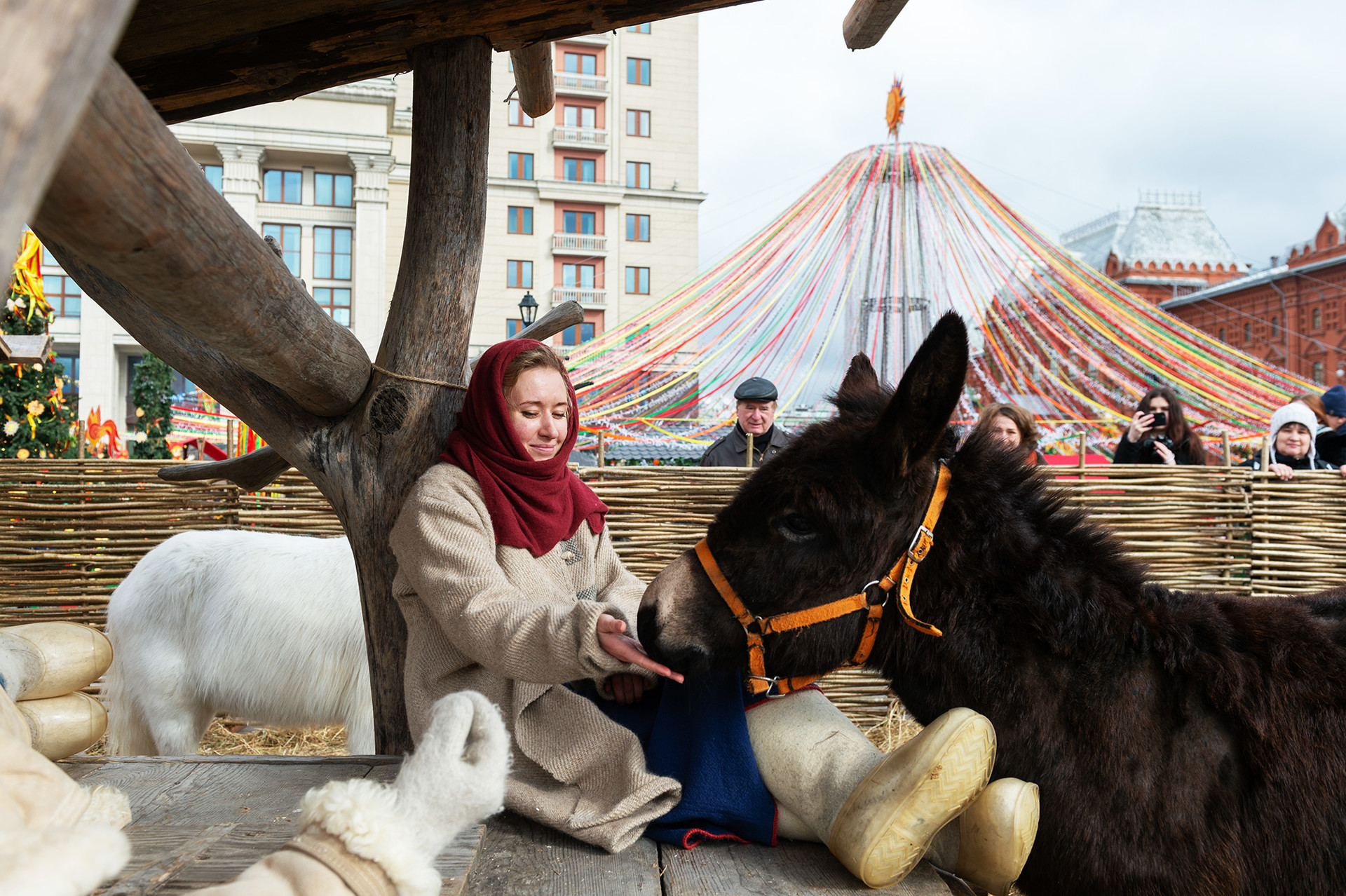
9. The curtain then comes down on the phantasmagoria on the Monday with the start of Great Lent, which lasts 40 days until Easter.
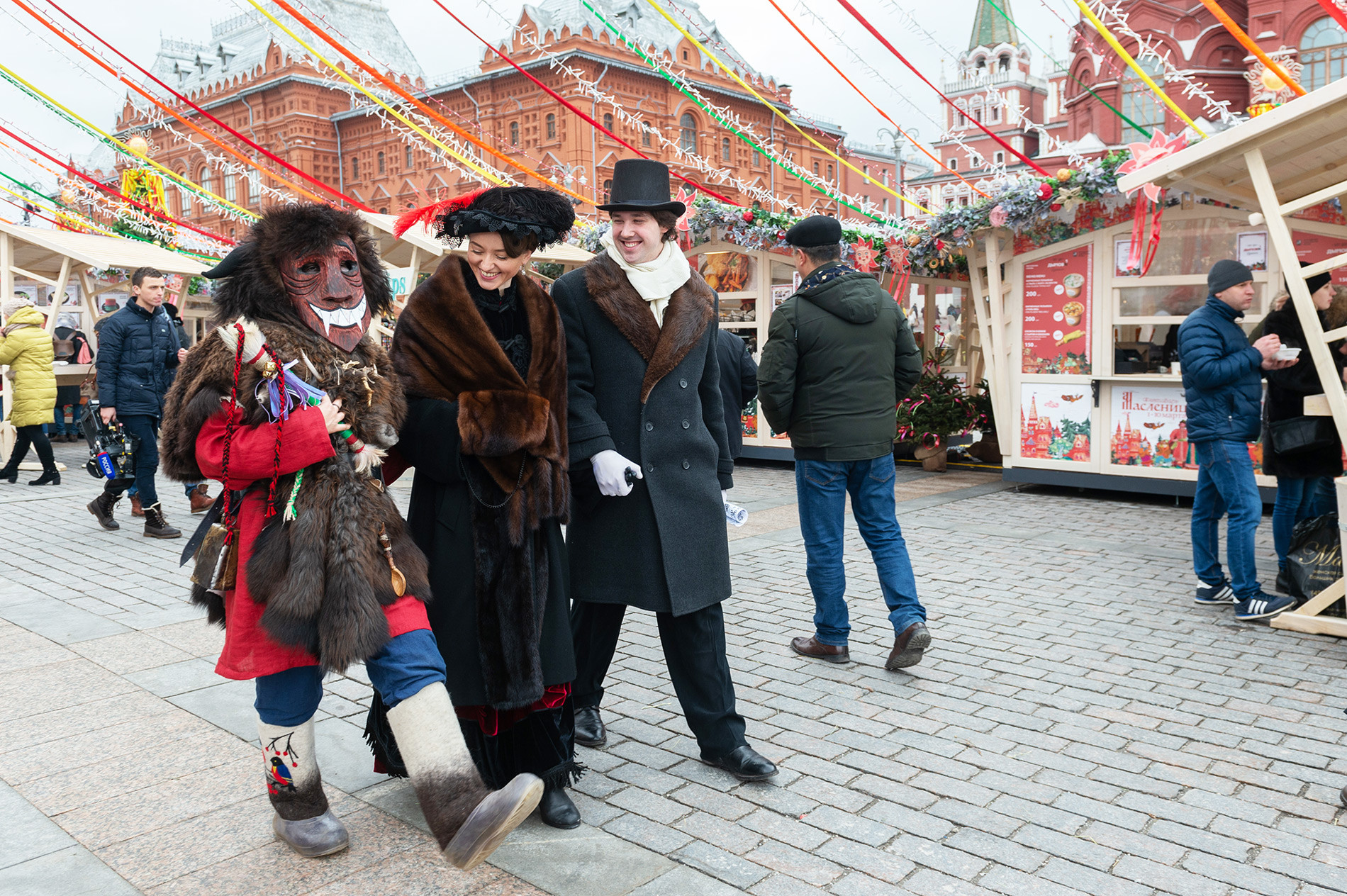
10. Read our step-by-step guide on how Russians celebrate Maslenitsa and what each weekday means according to the tradition. And don’t forget to make some authentic bliny (try this Russian babushka’s specialrecipe).
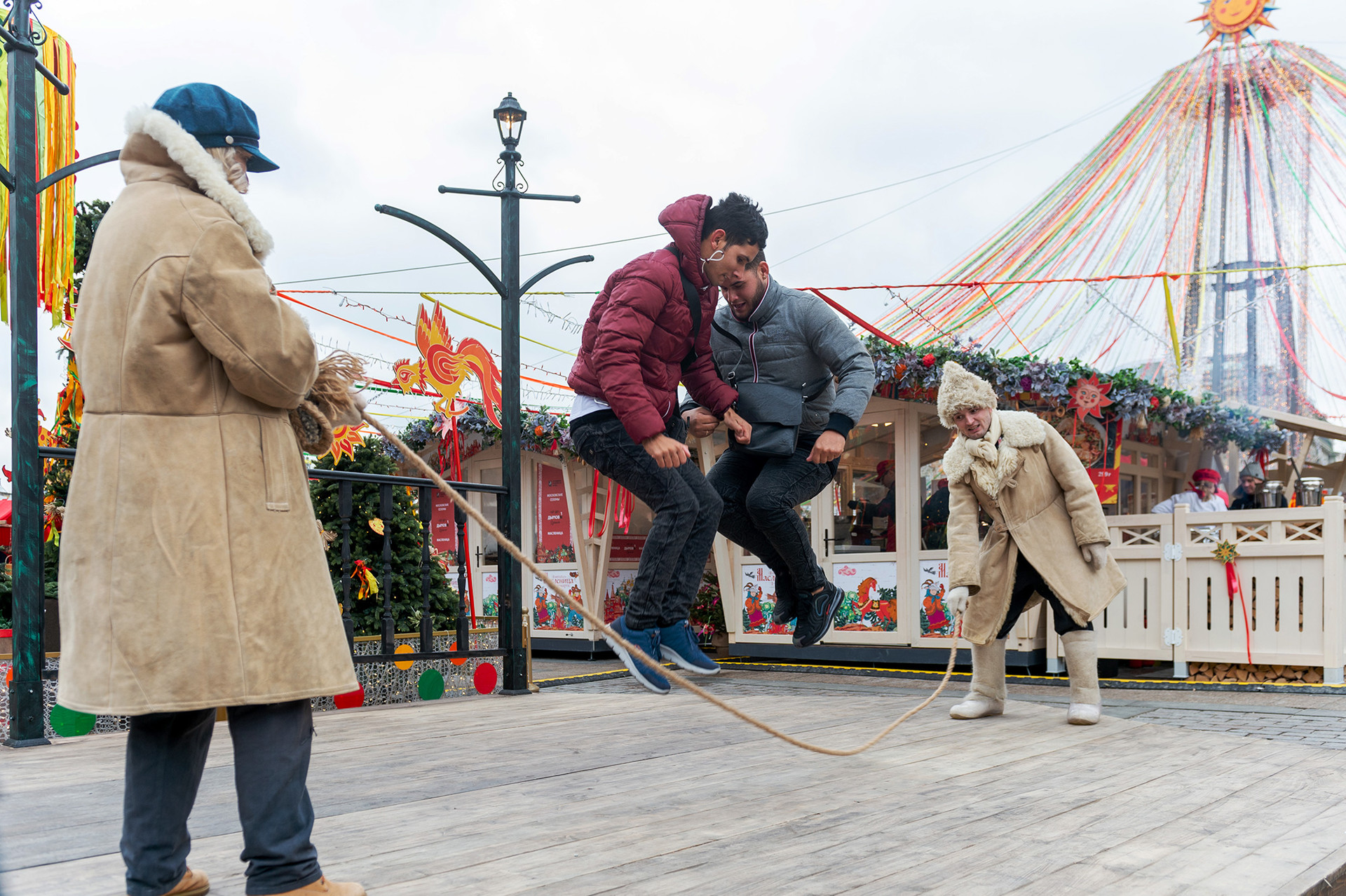
If using any of Russia Beyond's content, partly or in full, always provide an active hyperlink to the original material.
Subscribe
to our newsletter!
Get the week's best stories straight to your inbox